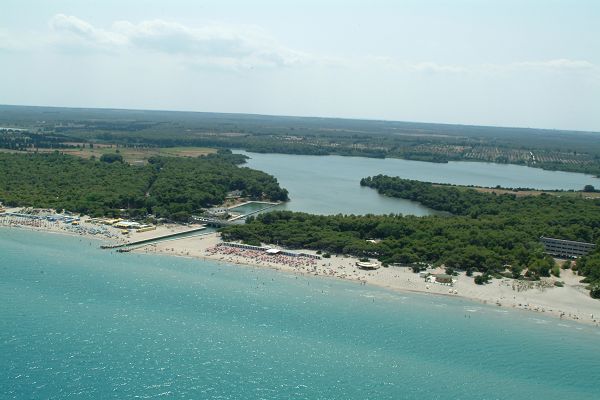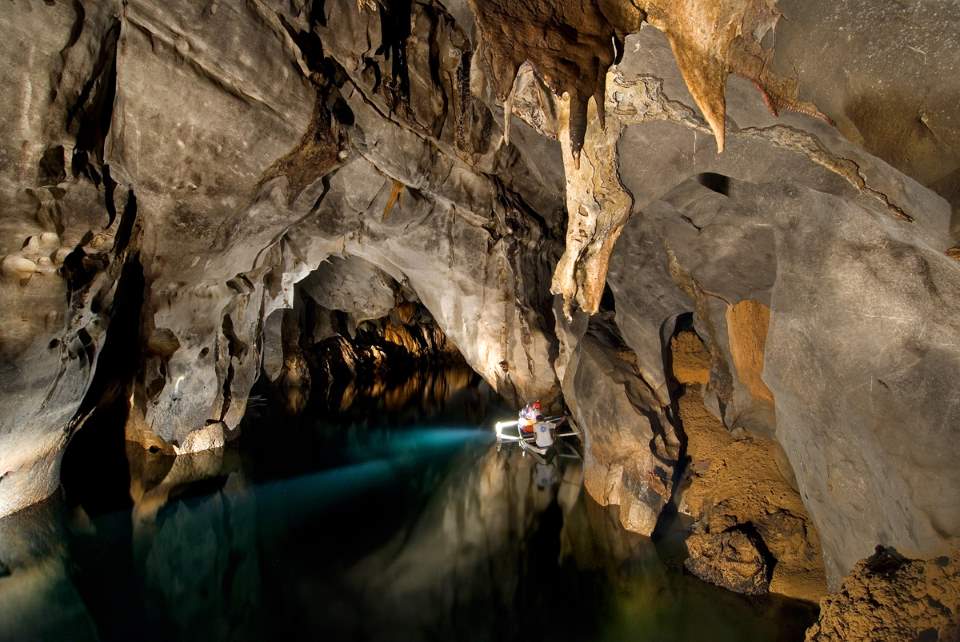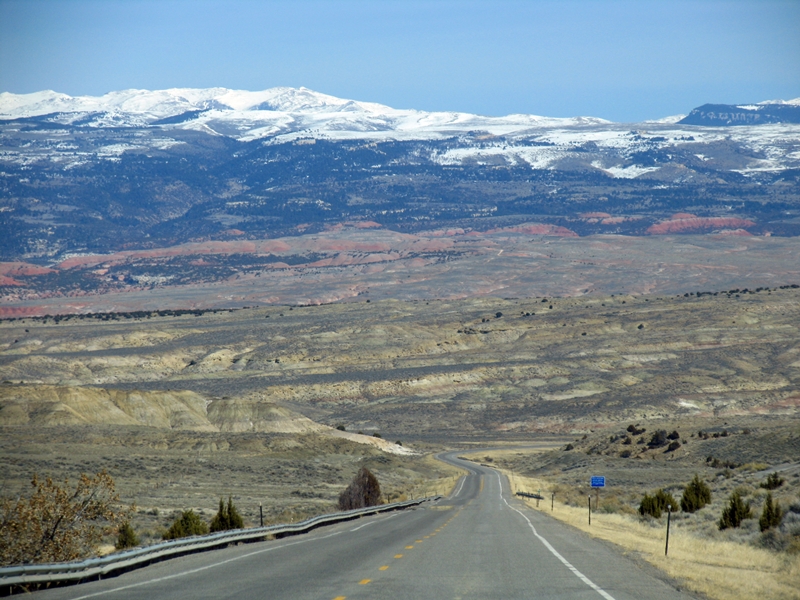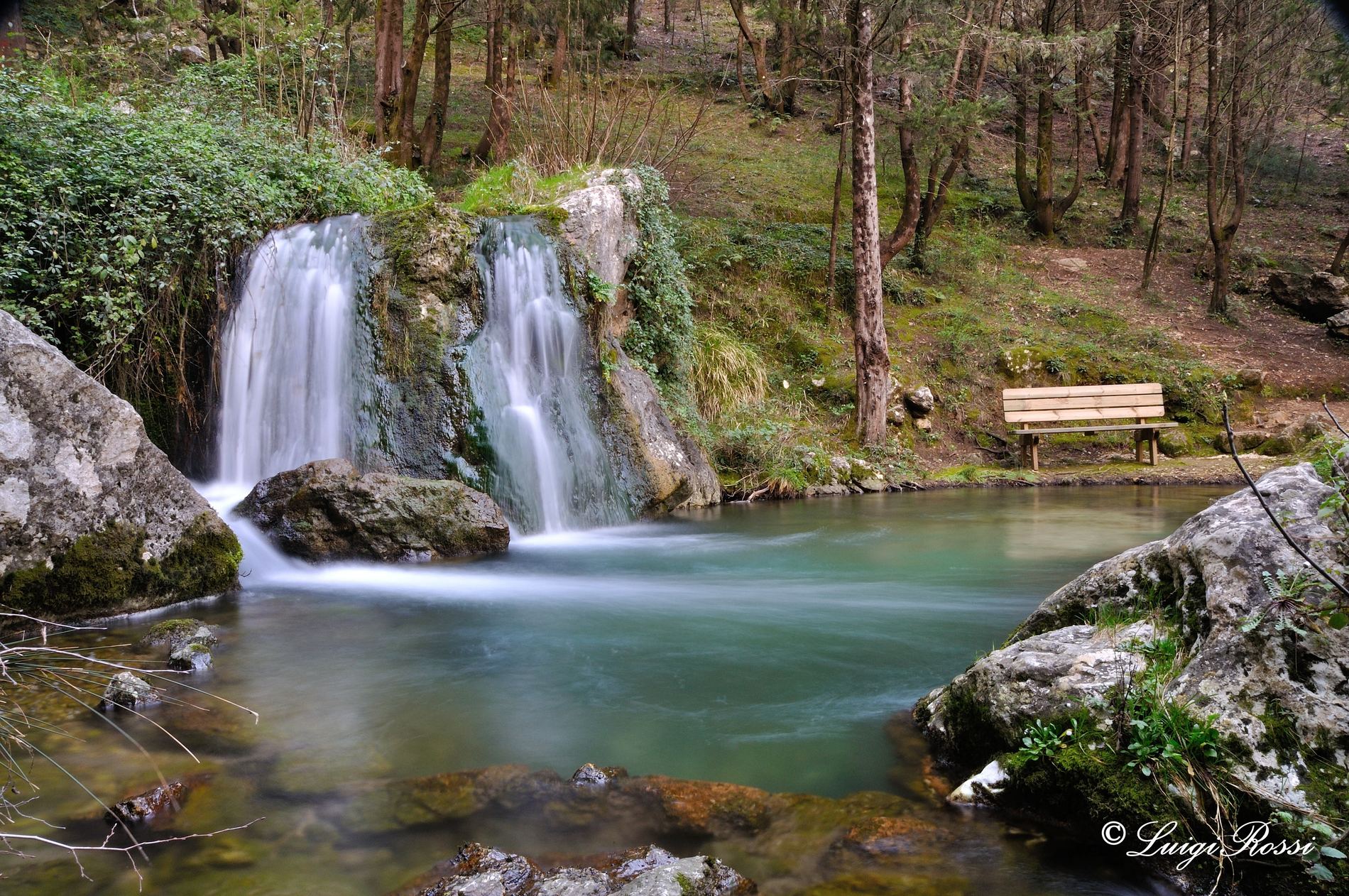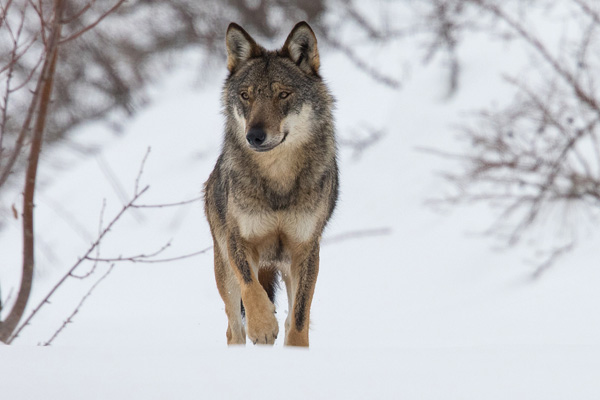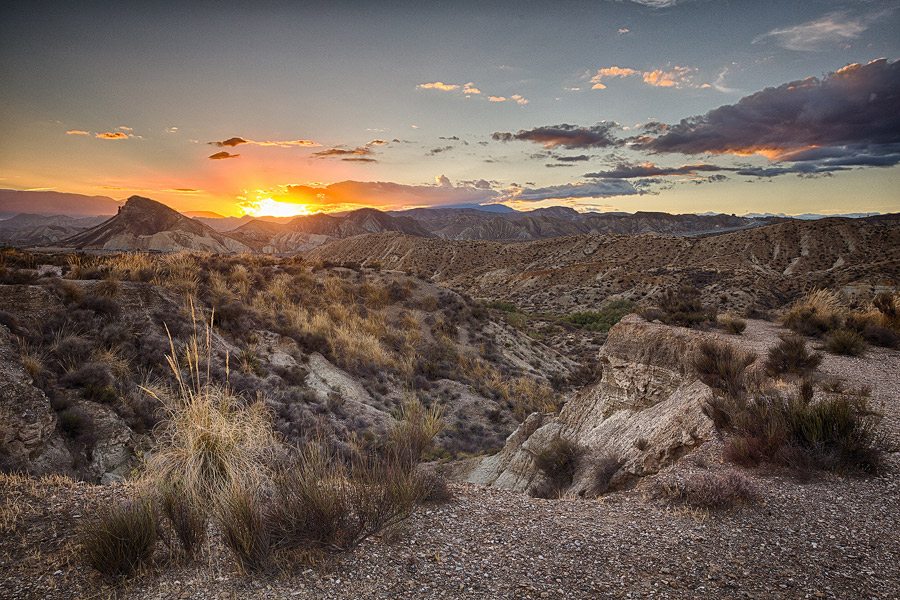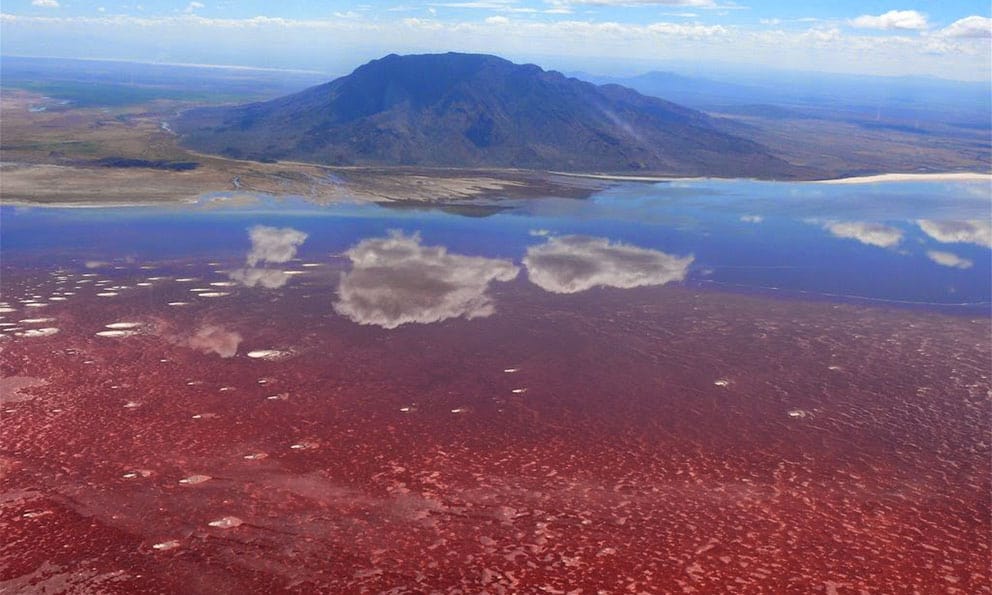Alimini Grande was generated by the continuous erosion of the sea, and extends in length for about 2.5 km and has a depth of about 4 meters.
The Alimini Grande basin is surrounded almost completely by a rocky strip, richly covered with thick pine forests and Mediterranean scrub. The northern stretch, called Palude Traguano, is almost low and sandy; there are numerous springs here, including the main one called Zudrea, which feeds the lake along with the sea. The salinity percentage of the lake is almost the same value as that of the sea, because precisely, the sea flows into it. The bottom of the lake is rich in mollusks and a large part of the bottom is rich in Ruppia maritima.
Alimini Piccolo is generated by numerous freshwater springs, and is also called Fontanelle. It stretches about 2 km in length and the depth does not exceed 1.5 meters. The lake, which has low, flat shores, is fed by the water table of the Rio Grande canal, which in turn is generated by the numerous springs at the nearby Serra di Montevergine. The waters of the lake are almost always fresh, but during the summer season, with the phenomenon of water evaporation, the lake tends to become saline.
The vegetation around the two water basins is very rich, and various species of plants can be seen, including the very rare marsh orchid, the water chestnut, an endangered species in Italy, formed by large fruits of the same appearance as the chestnut, and the bladderwort, a carnivorous plant, equipped with tiny combs that, as soon as they are touched by insects, open bladders that suck prey inside.
The reserve’s avifauna is very rich, consisting of migratory species such as the white stork, flamingo, cranes and wild geese, and a few groups of swans. Other waterfowl include mallard, grebe, garganey, coot, spoonbill, moorhen and stilt-bird. Also present are raptor species such as hen harriers and marsh harriers, kestrels, kites, peregrine falcons, buzzards and imperial eagles. Also present are nocturnal raptors such as the eagle owl, barred owl, tawny owl, and barn owl
In the woods surrounding the lakes it is possible to find finches, thrushes, starlings, blackbirds, wrens, nightingales and woodpeckers, pheasants, and quail. The lakes also allow life for numerous reptiles, such as the water and land tortoise, water snakes, the cervon, the common viper and the leopard coluber. Very common are toads, which often reach considerable size due to the generous amount of food, frogs, salamanders and the italic newt.
The most common mammals are those more typical of the Mediterranean biome, such as rodents such as squirrels, field mice, dormice, dormice, wild rabbits and the quercine mouse, the large porcupine, badgers, weasels, martens, skunks, hedgehogs, ferrets and large wild boars.
The first certain news about the lakes dates back to 1219 when, Emperor Frederick II, in an official act, assigned the third part of them to the Archiepiscopal Canteen of the town of Hydruntina. In the Middle Ages, this area, was flourishing with towns, villages, hamlets and Basilian monasteries, but, the invasion of the Turks, in 1480, caused the abandonment of this beautiful area of Salento. In fact, the settlers, took refuge in neighboring towns, protected by walls and fortified castles.
The resurgence of economic interest in the Alimini area occurred in the 18th century, a period in which various legal disputes over property rights began. Between 1600 and 1800 the custom of renting the lakes for reasons of valliculture and reed cutting was in force. In 1738, the prince of Muro, Giovanni Battista Protonobilissimo, rented, for two years, to Emanuele Martina, "public shopkeeper in the city of Lecce, the great lake, with all the individual jussi, rights, proceeds and raggioni of the pescaria of the said lake, at the raggione of 200 ducats a year" ("Platea"). Of all the revenues, the third part, belonged to the Archiepiscopal Canteen of Otranto.
From a "Platea" of 1787, we learn that the mouth of the river, through which the lakes communicated with the sea, "used to open towards the end of April, or in the beginnings of May, and then the fish began to enter it; and it continued until it closed again in August or July. And then the fishing was done; more sorts of fish were caught, such as mullet, spiny dogfish, eels and other sorts of fish, all of famous quality."
In 1886, following the suppression of ecclesiastical property, the third part of the ponds, owned by the Archbishop’s Canteen, passed to the state property. The remaining two-thirds, too, were absorbed by the state property, which entrusted the waters in private allotment with exclusive right to fish, for a maximum time of 99 years. By 1800, the countryside surrounding the lakes was desolate and devoid of vegetation. Only a few farms existed, some of which were uninhabited most of the year because of the noxious air produced by the marshes. In this area, the risk of contracting malaria was very high in summer, when the swampy areas dried up. The most valiant farmers, went to their fields during the winter for plowing and planting work, and returned there at harvest and threshing time. The fear of contagion was always present, which is why they tried to finish the work as quickly as possible. At certain times of the year, and with little profit, the land around the ponds was used to graze livestock.
